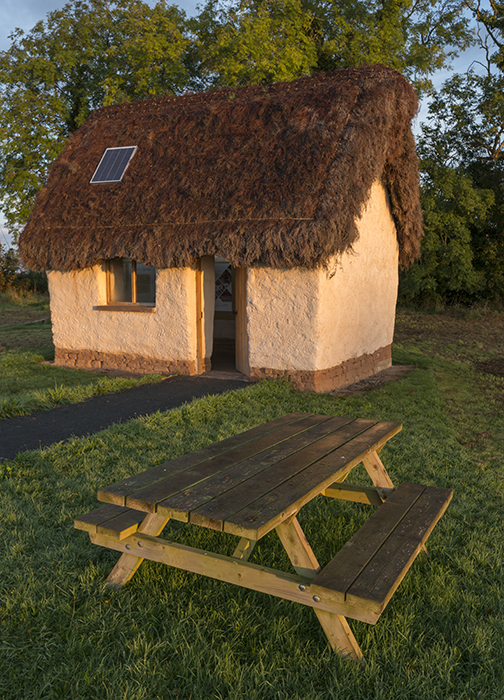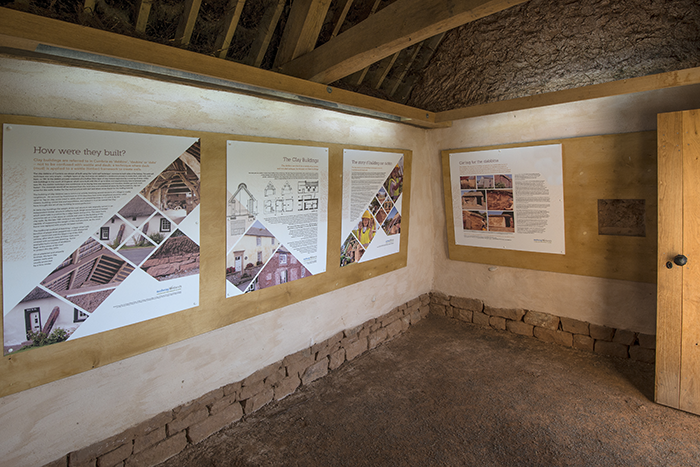These are one of the most intriguing forms of architecture in the Solway Coast National Landscape.
The clay dabbins as the name suggests are earth-built buildings, in part a response to the limitations in building materials on the Solway where building timber and stone are rare. Once common on both the Scottish and English sides of the Solway they are now almost completely lost on the Scottish side and are increasingly under threat on the English Solway Plain. These are modest vernacular buildings, the earliest dating back to the 1500’s.
Clay Dabbin workers cottages, farmhouses, many in the long house style and barns can all be seen as you tour the Solway. Look out for then extremely thick and irregular walls with cobble foundations plinths.
Studies show that before the First World War there were around 1,300 on the Solway Plain. This number had reduced to about 300 when a survey was carried out in 2005. These distinctive buildings continue to be under threat, sometimes due to development but more often due to lack of, or inappropriate maintenance – leaking roofs or the application of cement rather than lime render can quickly lead to clay dabbins crumbling. Well maintained they make warm and cosy homes.


Clay dabbins are made using earth and clay rather than stone or brick. A mix of clay, and sand is mixed with straw, then layered around a ‘cruck’, a wooden frame. The roof is thatched with straw or reeds or made of heather.
Though similar methods were used elsewhere (the cob houses of the South West or mud and stud of the Midlands), this construction method was distinct to North Cumbria. The key difference is the continuous build process, without drying out periods between layers – the fear was that due to the rainy climes of the Solway there was a good chance your layer would be washed away rather than drying out!
In 2017, a new clay dabbin was built by the Solway Wetlands Landscape Partnership Scheme adjacent to the Solway Wetlands Centre at the RSPB Campfield Marsh nature reserve. Around 300 tonnes of clay was dug from the reserve to make the building which is now serves as a visitor centre telling the story of the clay dabbins. You can read more about the project here. Continue your clay dabbins spotting in the villages of Burgh by Sands and Moorhouse, west of Carlisle, where there are many great examples of these buildings.
